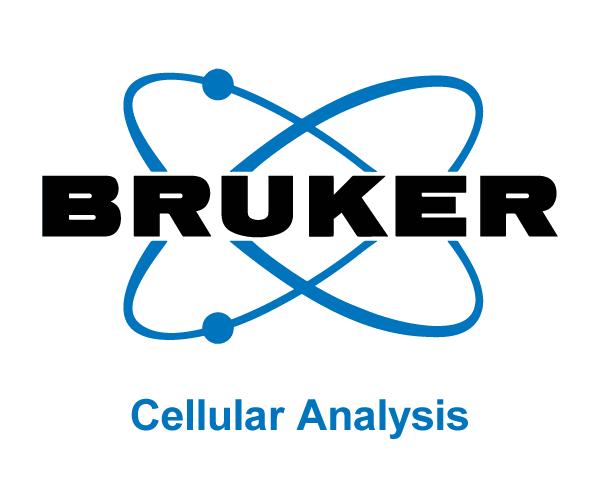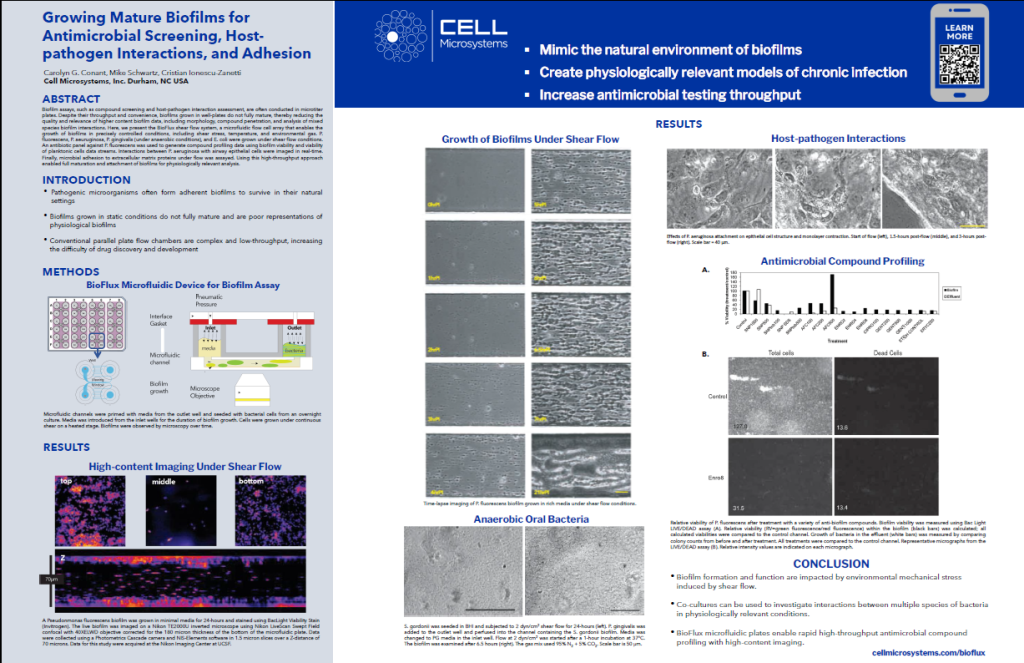Discover
Combination of low-energy X-ray & citric acid to inactivate E.coli, S.Typhimurium, L.Monocitogenes
Combined treatment with 0.5 kGy X-ray and 0.1 % CA significantly decreased biofilm cell counts by 5.10, 4.31, and 3.96 log CFU/coupon for E. coli O157:H7, S. Typhimurium, and L. Monocytogenes, respectively.
December 3, 2025
The Path to Clinical Relevance: Moving from Spatial Transcriptomics to Protein Profiling
Spatial biology is a rapidly evolving discipline that advances human health by leveraging imaging technologies. It encompasses research activities ranging from whole-transcriptome profiling to clinically impactful single-protein biomarker tests.
December 2, 2025
Can you solve mouse CT imaging with 50um spatial resolution ?
MOLECUBES, a Bruker Company offers small footprint microCT for mice and rats, which meets most of your needs for in-vivo analysis and doesn't sacrifice the budget.
October 22, 2025
Refining Biomedical Research Beyond Animal Models
What the Pivot to Human-Based Technologies Means for Science and How 3D Cellular Constructs like Organoids Are Part of the Solution.
October 13, 2025
Generating High-Quality cDNA Libraries for Efficient Sequencing of T-cell Receptor mRNA
Single-cell omics provide undiluted information about individual cells, such as transcription levels and sequences of highly variable proteins.Miniaturizing the assay helps scale down analysis to the single-cell level without sacrificing data quality
July 2, 2025
IsoSpark in HIV research: quantitation of proteins in the culture supernatants.
Exciting example of use 22-plex antibody with the IsoPlexis Human Adaptive Immune Panel (Bruker Cellular Analysis) in HIV research.
June 12, 2025
Development of new albumin‑binding radiotracers for PET imaging of CSF
In this study by Peltoniemi et al., PET/CT imaging using the X-CUBE (CT) and ß-CUBE (PET) was used to non-invasively visualize cerebrospinal fluid (CSF) flow and glymphatic system dynamics in rats.
November 28, 2025
Measure EV Purity Results by Calculating the Membrane Ratio with the Exoplorer
Working with Extracellular Vesicles (EVs)? Imagine being able to effortlessly measure EV quality. This is possible with the Exoplorer™ Nano-flow Cytometer — a highly effective tool for nanoparticle-level analysis.
October 20, 2025
Optimizing Substrate Dosing for ReliableBioluminescence Imaging (BLI)
Bioluminescence imaging relies on precise D-luciferin administration, as dosing variability impacts signal intensity and data consistency. Standardizing substrate delivery is essential for reproducible and high-quality in vivo imaging results.
September 18, 2025
Incorporation of SARS-CoV-2 spike NTD to RBD protein vaccine improves immunity against viral variant
By fusing the spike protein's terminal domain (NTD) with its receptor-binding domain (RBD), researchers have engineered a protein vaccine that significantly amplifies both T-cell responses and antibody breadth.
June 25, 2025
Differential diagnostic performance of a panel of plasma biomarkers for different types of dementia
This study assesses a plasma biomarker panel (p-tau181, NfL, GFAP) for differentiating Alzheimer’s, FTD, and DLB, showing high accuracy, while Aβ₁₋₄₂/₁₋₄₀ ratio adds limited value.
June 9, 2025
Perfusion: The Beating Heart of Single-Cell Biology and Cancer Immunotherapy
Single-cell biology has transformed our ability to uncover cellular diversity and dynamic behavior within complex tissues that are otherwise masked in population-level analyses.
November 24, 2025
Automated and efficient isolation of single cells into low volumes for scWGA
Single-cell whole-genome amplification (scWGA) is a powerful technique to massively amplify and analyse the genomes of individual cells.
October 17, 2025
Subcutaneous delivery of MSC induces immunoregulatory effects in the lymph node
Mice were imaged under anaesthesia (2.5% isoflurane in oxygen), daily until the bioluminescence signal disappeared. Imaging was performed in an Ami-HTX Small Animal Imager and analysed with Aura Imaging Software, from Spectral Instruments Imaging.
September 12, 2025
Growing Mature Biofilms for Antimicrobial Screening, Host-pathogen Interactions, and Adhesion
We present the BioFlux shear flow system, a microfluidic flow cell array that enables the growth of biofilms in precisely controlled conditions, including shear stress, temperature, and environmental gas.
June 18, 2025





















































